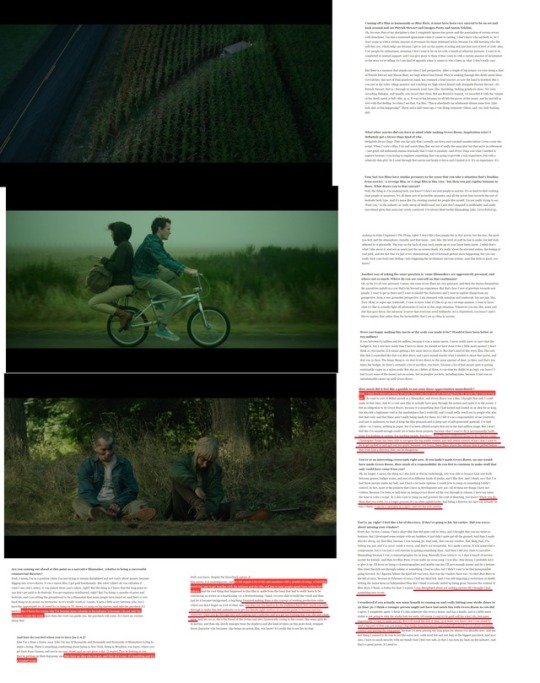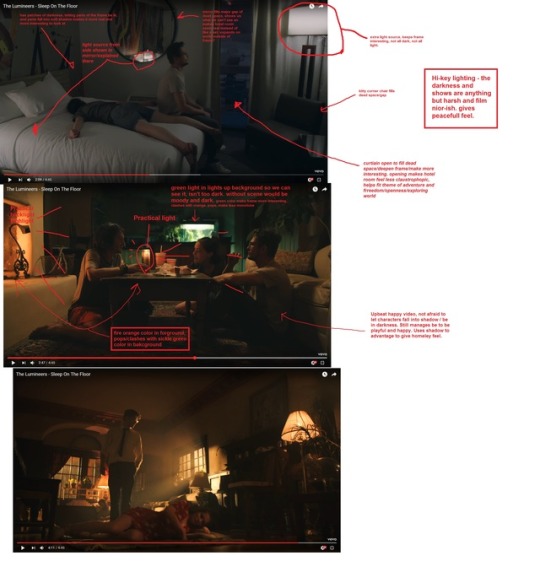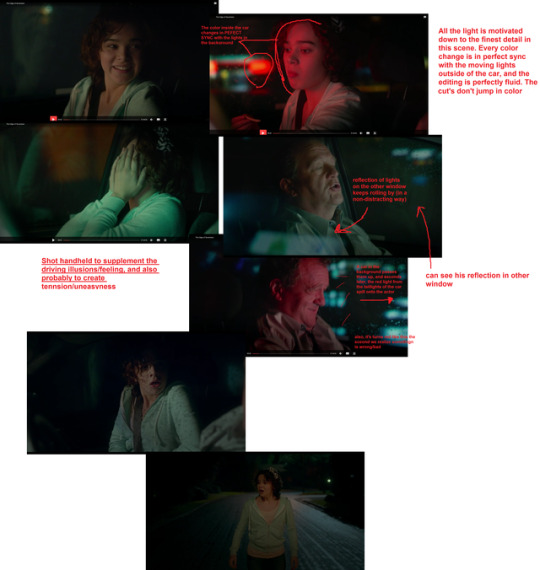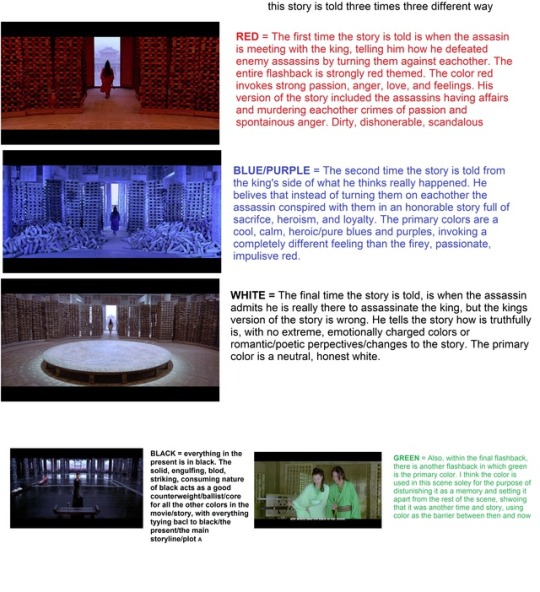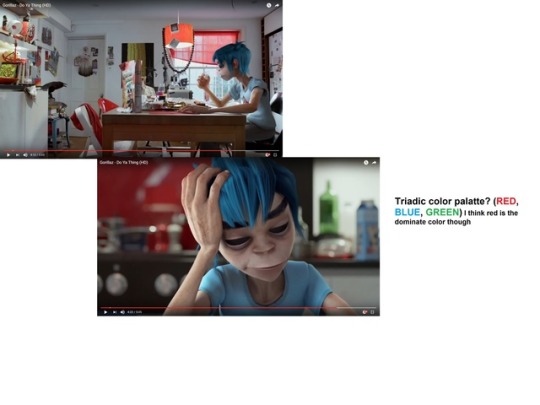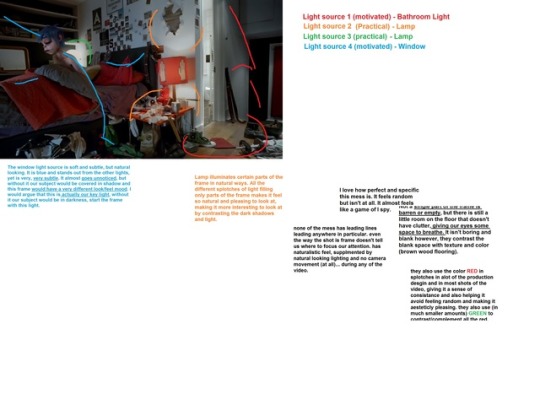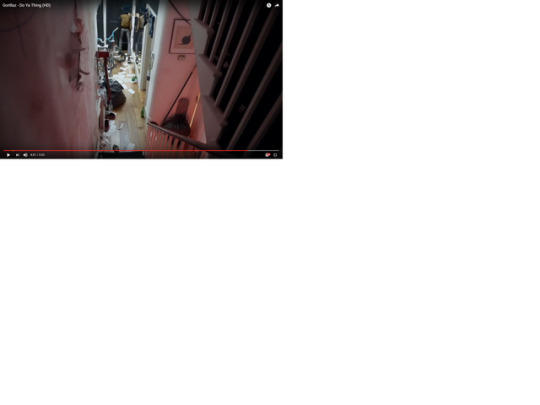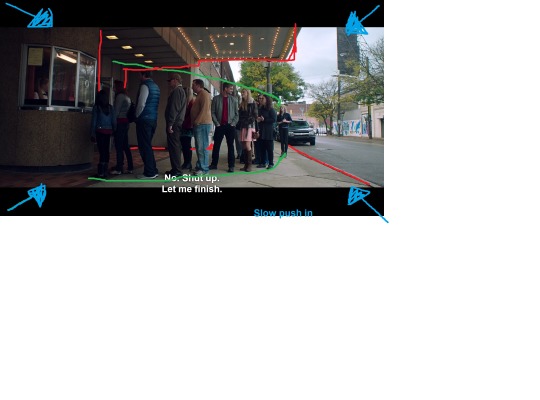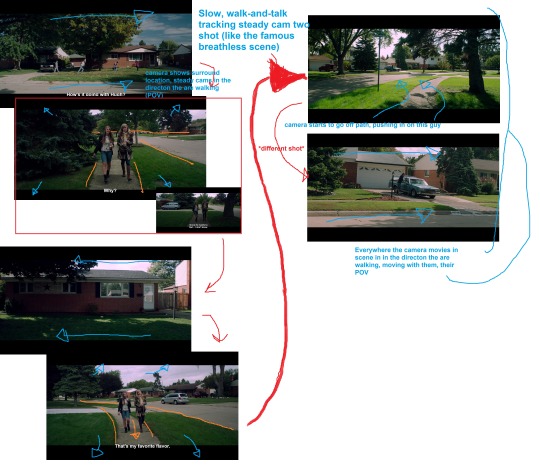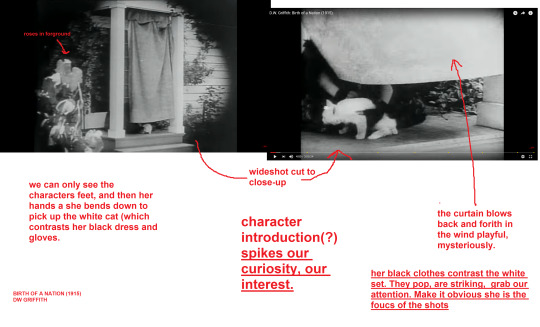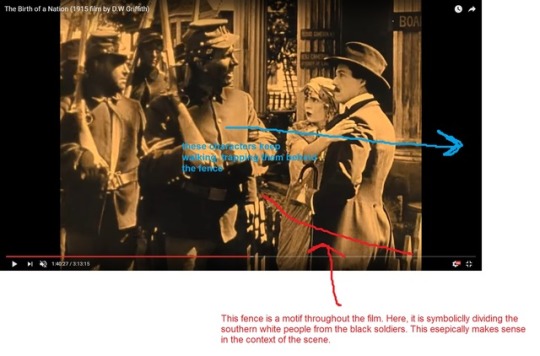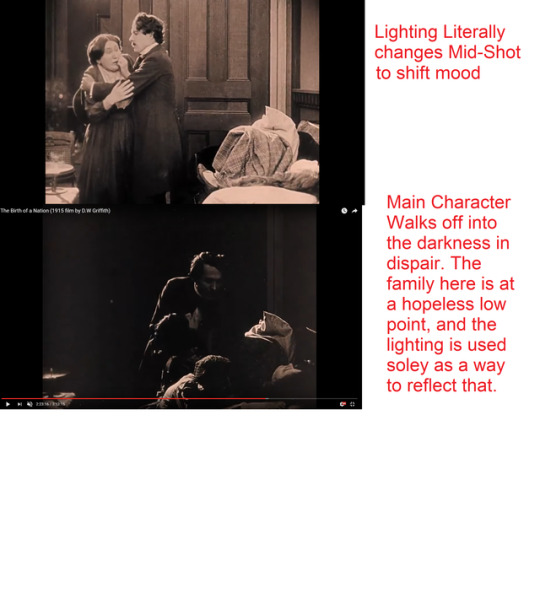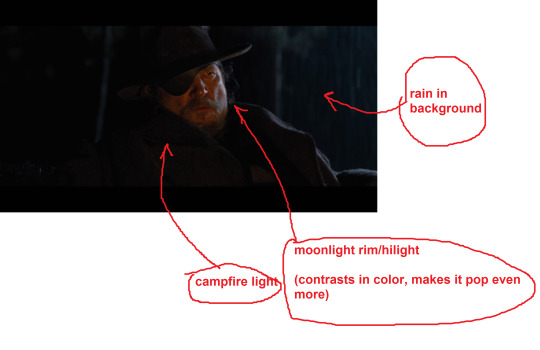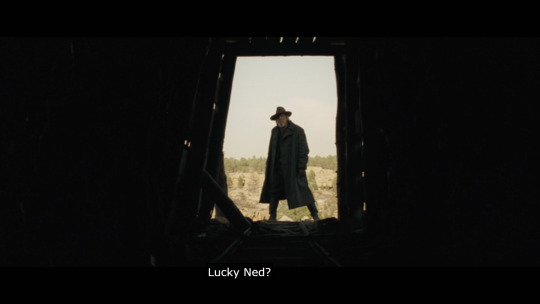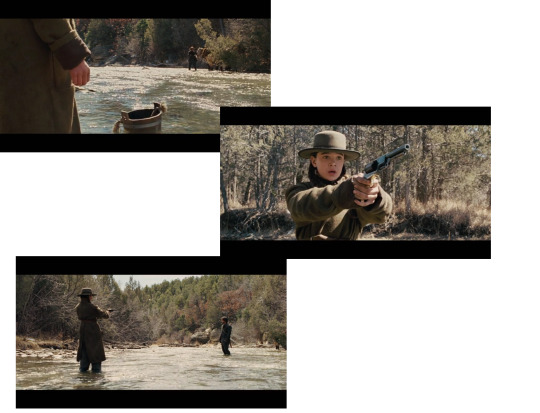Text
That, Ladies and Gentlemen, is how you third act.
Extremely, extremely sentimental. The beginning and the end are especially great.
It walks a tightrope between traditional Hollywood musical revamped and set in modern times, and also serious character drama which exist in our world and abides by the laws of our universe; one that is not always magical (not that a lot of classic musicals didn't take themselves seriously when they weren't singing).
Of course, the clashing of the old feel and the modern setting is what makes this movie work. When you take the charming soundtrack which sounds straight out of a rogers and Hammerstein musical, the stellar choreography and the crazy tracking shot dance numbers, and then throw that in a world where people use ipads and drive Priuses, you get something especially unique.
Even how the dance numbers are shot is true to it's source material. The scene advertised on the poster is treated like a tap dance number on a sound stage. wide camera angles that don't draw attention to themselves, tracking the actors as they make use of their location.
I like how it takes the Hollywood love story and flips it on it's back at the end, changing things up. It doesn't have the ending we all hoped to see, and that's probably a huge reason this movie is so memorable. It's not a sad ending, the characters still grew and their friendship/relationship didn't end on a bitter note, it just sort of faded away. They may have found someone else, but they still have feelings for each other.
The ending of the movie is basically Casablanca.
There is something refreshing about that, it seems to make the time the characters spent together so much more memorable and significant.
Also can we talk about the way they shot and cut together that final scene? Man. The super 8 footage was such a good touch. It sort of help make the distinction between was is and what could have been. 8mm itself has such a warm, nostalgic look. It looks real, the tangible-ness of film helps make it seem not like a fantasy, but and alternate story line, a parrell life. And then the idea of showing alternate versions of scenes, flashbacks, and more classical Hollywood dance numbers on movie sets, IT'S ALL SO GOOD.
This guy I know russel made an interesting point about the characters and story not relying on technology. You could take this movie out of it's modern setting and throw it in the 1940s, and it would be almost seamless. Nobody says "hey, I'll text you the thing", or talks about modern technology/things at all. It's and old movie trapped in a modern skin, and thats also why it works. Characters walk/run to where the need to go through the rain sometimes instead of getting an Uber lift. They go to see an old movie and the film burns. Gosling holds the car door open for emma stone. etc. And the clashing comes when the new way of doing things tries to take over. That's just another huge things that helps sell the old moive setting, as opposed to just being a quriky film with old-timey song and dance numbers
Emma Stone carries scenes, and her chemistry with ryan gosling is great and belivable. It's a marvel of casting: a perfect duo.
0 notes
Photo
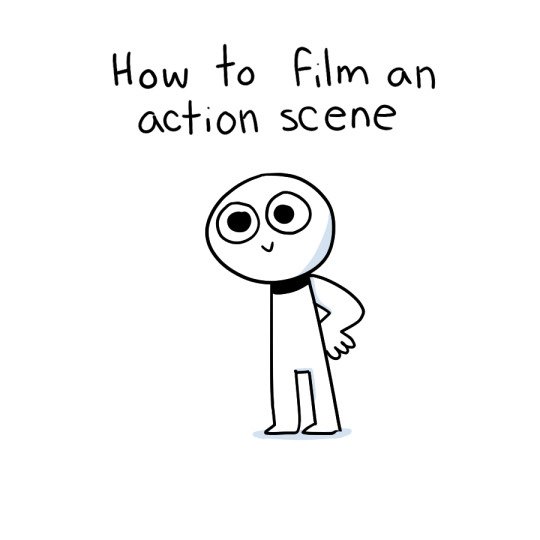


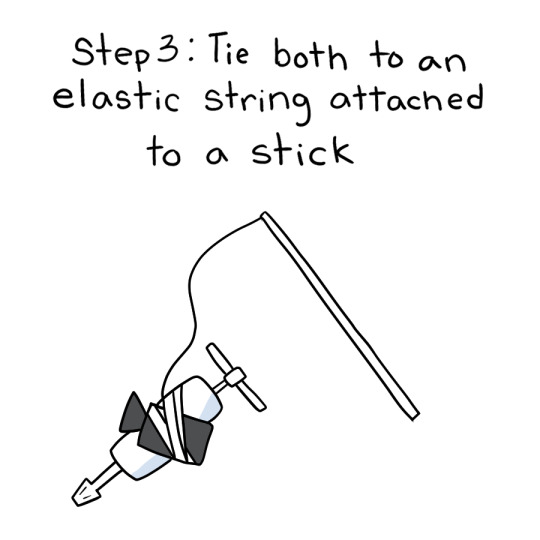



Action shots
Full Image - Twitter - Bonus
10K notes
·
View notes
Photo

“No dolly? No problem!! Just a couple of furniture movers and boards should do the trick!”
Submitted by Ali
30 notes
·
View notes
Photo







The Conformist - Cinematography/directing analysis by Noah Frazier
1 note
·
View note
Text
BRICK (2005)
One of the best edited movies I have ever seen. It doesn't feel stitched together/pieced together, it comes off as extremely well-planned and intentional. We fly from close-ups to cut-ins to wides.
The tone of the editing also kind of changes as the movie progresses. We get match cuts, and later in the movie a lot of jump cuts. Unlike Lars Von treider's jump cuts however, I think brick's use of jump cuts are effective and specific. They build the scene, the build the tension, they build to a moment. The movie has Powerful, strong scene transitions. Scenes build to a moment and then clash with sound or imagery with the cut to the next. The sound is great, in this film. constructed well. It builds tension fast and powerfully.
Lots of POV, we see the world through the eyes of the character, but also equally maintain a third-person perspective. many times what the character can't see, we can see.. and that creates tension because we as audience members and humans like knowing. In fact, you could argue that knowing is something we as people crave seeing as it is often important to our survival. Perhaps that's why just like in real life, when we don't know something in a movie, we feel vulnerable and it creates tension.
There are lots of cut ins, many of which tell us as an audience so much more about a character or about a scene/moment than any of the dioluage or acting/reaction shots.
Starts with an amazing hook, and opening that grabs you.
The composition, camera movement, and blocking of the camera is crazy. Many scenes are shot in the opposite way another film would shoot them. The chase scene for example: Instead of intense music and rapid cut-ins of feet, characters looking over their should, etc. it is composed of long, flying steady cam wideshots and the sound of footsteps clapping through an empty hall in a non-chalant way. Still just as intense, if not more. The film chooses carefully between extremely subtle zooms and dolly push-ins. Both camera movements give each moment a different feel or suggest a different thing - "Brick" understands that. Even when the camera movement isn't motivated by character movement, it's specific and effective. Diolauge scenes are often summed up in one or two shots. Not often motionless or static, sometimes two push-ins from opposite directions that clash when cut together.
Freinds of mine will tell you that techniques like the zoom or the crossfade are dead as a means of effectively being used as a cinematic tool . This movie is a perfect example of why they are wrong.
The use of deadspace and emptiness in the frame speaks volumes. The movie is not afraid to hallways empty and motionless moments. Furthermore, a wideshot with nothing moving in it but the character focuses us completely on the only thing moving/alive in the frame (the subject). It also gives the impression/feeling of being alone.
The way certain characters are shot helps give them a unique personality and identity. The detective's friend for example is shot almost completely from a side profile.
This film isn't afraid to stay in a wideshot. It tells us we don't need to cut to a close up just to show emotion.
The blocking of the camera blends and dances with the blocking of the actors.
Probably one of the greatest things about this film is how much happens off-screen as opposed to how much happens on screen. It makes the scenes and story telling richer, more interesting, and more engaging. We hear a sound, the camera follows the sound, we see a character watching something unfold off screen - he reacts, we see an object come onscreen as a result off the action happening off screen. It all tells us so much more in such a more interesting way than simply showing it would. Sometimes this technique is used to build tension, sometimes it's used for impact, and sometimes it's used for humor.
Humor.
This movie has some great, subtle little humorous moments that break up the heavier or more serious ones. Not because they need to, but because they can, and it doesn't hurt the story. It engages us more.
The Dialogue - It's snappy, it's intense, it's dry, it's moody, it's very movie-ish. Extremely Nior-ish. It's satisfying and build the atmosphere of the scenes and moves them along quickly. It doesn't waste time.
The lighting - it's all very naturally. I don't think there is a single shot in the movie in which the lighting is unmotivated/is coming from what seems like an un natural source. Still, even with the illusion of natural light, they still manage the nior look. In one scene their is a bottom light coming from a chandler and some candles sitting on a floor. There is a ladder and paint cans in the room, and there is no furniture. This suggest the room is unfinished or in the process of being re-desgined; as such, we choose not to question why there would be a chandler on the floor - Everything is motivated. The light also is extremely interactive and often plays a roll in the scene. In one scene, a character flips a mirror, which keeps rotating on it's axis reflecting light shining through a window through the room. The light keeps spinning in circles through the scene. At one point a character in shadow lights a match, it is light for a couple seconds and illuminates his face - mysterious and moody. The main character opens a trunk - light floods the night scene.
In true nior style, "Brick" utilizes light and dark to make it's images and characters pop/stand out. It tells us a story with light or lack of light. It also uses it in a practical way to build tension or further the plot and tell the story: darkness and light can be used to define what we can and can see.
There are so many little details which add so much life to the film. The duct tape on his jacket, the hood constantly popping open because he broke it. The different types of paper with the different types of folds and creases each note was written on.
Even the sound is detailed: cars in the background, the San Clemente train in the distance. It doesn't feel like random detail for the sake of detail either, it feels very specific (whether it is or not I don't know).
Just as the movie knows how to use sound, it knows how to use silence. Some of the most powerful moment come from the beats between scenes, the moments to catch our breath after climaxes.
Soundtrack extremely unique, playful, gives film it’s own identity. It’s got nior elements, but it’s own original twist.
The distinct choices in wardrobe help move the film. We recognize each character by the type of clothes the wear, the color of the clothes, and their accessories: The glasses, the Blue Bracelet, the Cane. With these props, we can know who a character and where they are have been without ever having to be shown their face.
The Nior elements and character archetypes are all there, incorporated in subtle, clever ways
-The low angles -The Femme Fatale -The Goon -The determined, stern, quiet, Detective and his bookworm partner -The edgy lighting -The plot twist(s)
0 notes
Photo







Alternative posters of Nymphomaniac by Lars von Trier
3K notes
·
View notes
